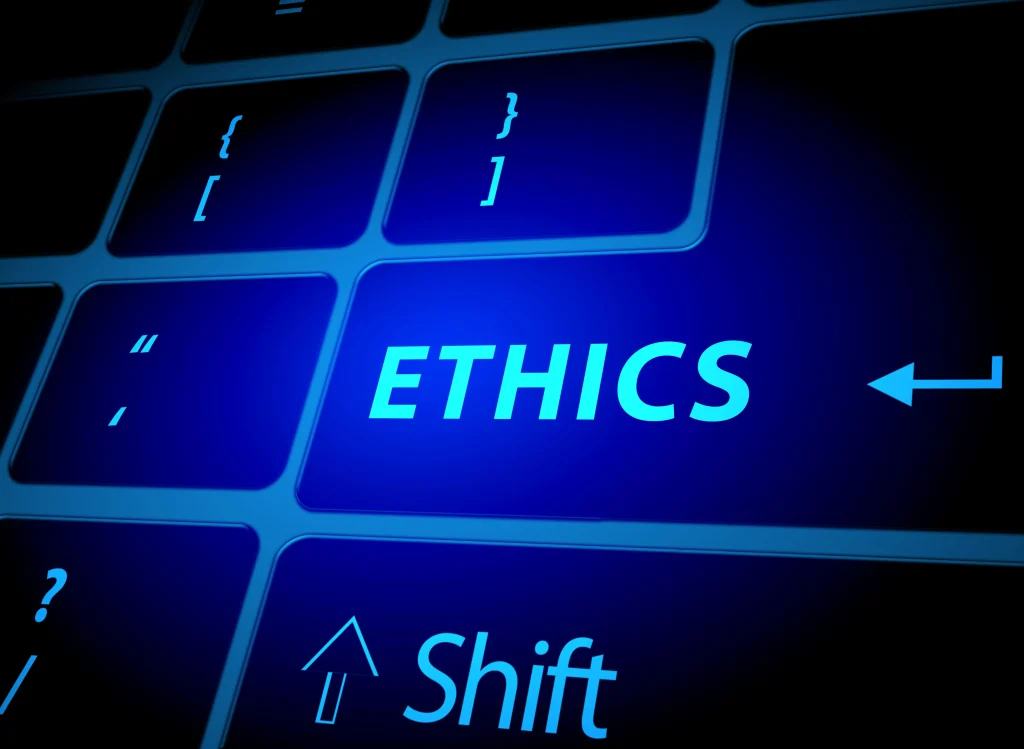JAKARTA, cssmayo.com – Ethics of Technology: Navigating Moral Challenges in Innovation isn’t just some buzzword, trust me—I’ve wrestled with the messy, real-life stuff. A few years back, I was hyped to launch a new Techno app, but (oh man) I totally overlooked the data privacy angle. Who knew a checkbox on user consent could spark such a big debate and loads of angry feedback? Learned my lesson: people value their privacy, period.
In a world where every line of code, algorithmic decision, and connected device carries societal weight, Ethics of Technology isn’t just a checkbox—it’s the compass that keeps innovation aligned with human values. Whether you’re launching an AI-driven platform, designing sensor-laden wearables, or architecting large-scale data infrastructures, understanding and applying ethical principles can make or break your project’s long-term impact.
1. What Is “Ethics of Technology”?
The Ethics of Technology examines the moral dimensions of how we create, deploy, and use technological artifacts. It tackles questions such as:
- Whose interests are prioritized in design choices?
- How do we balance innovation speed with rights to privacy, autonomy, and dignity?
- In what ways can technology amplify existing power imbalances or create new ones?
By treating ethics as integral—rather than an afterthought—we transform technology from a neutral tool into a force for equitable progress.
2. Why Ethics of Technology Matters
- Protects User Rights
• Ensures data collection and usage respect privacy and informed consent. - Builds Trust & Legitimacy
• Transparent ethical practices foster user loyalty and stakeholder buy-in. - Mitigates Legal & Reputational Risk
• Proactively addressing bias, security, and environmental impact reduces liability. - Drives Sustainable Innovation
• Aligns technology roadmaps with long-term societal needs and global challenges.
3. My Ethical Innovation Framework
- Stakeholder Mapping
- Identify all affected parties: end-users, bystanders, regulators, marginalized groups.
- Chart potential harms and benefits for each stakeholder.
- Principles Alignment
- Anchor your project to core ethical principles: beneficence, non-maleficence, autonomy, justice, and explicability.
- Document how each feature choice upholds or challenges these principles.
- Ethics by Design
- Embed privacy-by-default settings, explainable algorithms, and fail-safe mechanisms early in architecture.
- Use data minimization and anonymization techniques wherever possible.
- Ongoing Ethical Audits
- Schedule periodic reviews: bias assessments, security penetration tests, and environmental impact analyses.
- Involve third-party ethicists or diverse advisory boards for fresh perspectives.
- Transparent Communication
- Publish ethical impact reports, data-usage policies, and decision-audit logs.
- Offer users clear channels to inquire, complain, or opt out.
4. Common Pitfalls & How to Avoid Them
| Pitfall | Why It Happens | Mitigation Strategy |
|---|---|---|
| “Ethics Washing” | Treating ethics as PR rather than practice | Tie ethics KPIs to team performance and OKRs |
| Ignoring Edge Users | Designing for the “average” user only | Include accessibility audits and participatory design |
| Over-Automation of Moral Decisions | Belief that code can be fully objective | Retain human-in-the-loop for high-stakes judgments |
| Neglecting Environmental Impact | Focus on features over footprint | Track carbon cost of compute and supply chains |
| One-off Impact Assessments | Assuming a single audit suffices | Establish continuous monitoring and feedback loops |
5. Case Study: Responsible AI in Healthcare Diagnostics
- Context: A machine-learning model to detect diabetic retinopathy from retinal scans.
- Ethical Risks Identified:
• False negatives risking patient health.
• Data biases against under-represented ethnic groups.
• Lack of transparency for clinicians and patients. - Interventions:
- Curated a balanced dataset with input from global clinics.
- Deployed uncertainty quantification—flagging low-confidence predictions for human review.
- Created an explainability dashboard so doctors can inspect model‐derived features.
- Conducted environmental accounting to offset GPU-training emissions.
- Outcomes:
• Diagnostic accuracy improved by 12% across diverse populations.
• Clinician adoption rose by 30% due to transparent risk indicators.
• The project became an industry reference for ethical AI deployment.
6. Best Practices & Lessons Learned
- Start Ethical Discussions Early: Kick off every project with a dedicated ethics workshop.
- Cultivate a Culture of Questioning: Encourage team members to flag concerns without fear.
- Invest in Multidisciplinary Expertise: Blend technologists with ethicists, sociologists, and legal advisors.
- Make Ethics Visible: Integrate ethical checkboxes into pull requests, design sprints, and release roadmaps.
- Learn from Near-Misses: Treat ethical “close calls” as valuable case studies, not embarrassing failures.
7. The Road Ahead for Ethics of Technology
As we venture into frontiers like AI-mediated cognition, neurotechnology, and ubiquitous sensors, the Ethics of Technology will evolve to address:
- Consent paradigms for brain–computer interfaces
- Moral dimensions of synthetic biology and human enhancement
- Governance frameworks for autonomous systems in public spaces
By mastering ethical navigation today, you’ll not only deliver cutting-edge innovations but also safeguard human dignity and democratic values in the digital age. Start integrating these practices now, and lead your team toward responsible, sustainable breakthroughs.
Elevate Your Competence: Uncover Our Insights on Techno
Read Our Most Recent Article About Complexity Theory: Navigating Intricate Systems in Technology!

